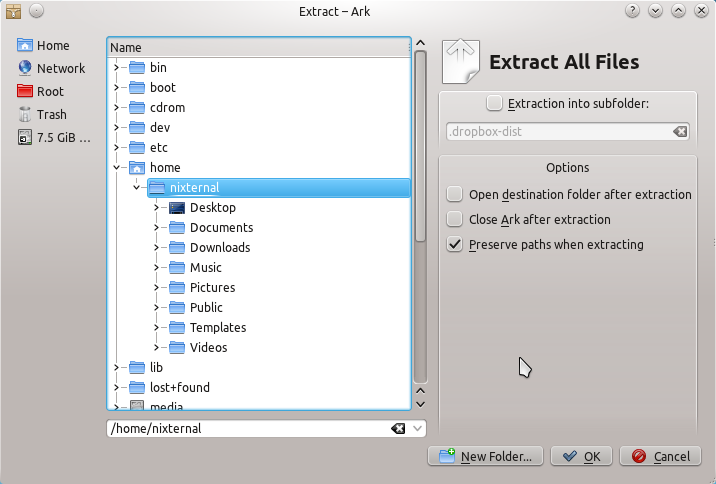Hp Smart Update Manager Isotoner
Smart Update Manager (SUM) is an innovative tool for keeping the firmware, drivers, and system software of HPE server infrastructure and associated options up-to-date and secure. SUM discovers installed hardware and current versions of firmware, drivers, and system software, provides an update recommendation, and then applies the updates in an. HP ProLiant DL360 G9 - Update Firmware. Updating a BladeSystem c7000 with HP Smart Update Manager 5. How to configure Smart Array P440ar configuration on HP Proliant DL 380 G9.

When upgrading firmware and drivers on a huge amount of servers, it used to be time-consuming to perform a firmware upgrade after a reboot on each and every one of your ESXi hosts to match the standard. Not anymore – since 2014.09.0, the NIC Firmware can be upgraded online as well since its 10.x version (a bump from the 3.x or 4.x versions that now share a unified firmware). A huge step forward – now all the applicable firmware can be upgraded in one go – and online! No need to wait to catch the boot menu and go through HP Smart Update Manager individually. Here’s a step by step walkthrough: • Download the you wish to apply. You will need to have a HP account and a server under warranty linked to it in order to download the newest releases. • Stage the.iso file to a server that has a good connection to all the ESXi hosts you plan to upgrade (preferrably a terminal server inside the Data Center) and unpack it to the location of your liking.
• Run spplocation hp swpackages x64 hpsum_bin_x64.exe – the binary will depend on your OS flavor. • The following console window will pop up, stating that the HP SUM Web Service has been launched and a default web browser will lanch on the machine, opening the address localhost:63001 and automatically logging you in by passing through your credentials. You can also connect to your terminal server from any other computer that can access its ports 63001 or 63002 (and it is more comfortable that way). I strongly suggest using Google Chrome. • If you access the web interface, this is what you get.
• Start by clicking on the drop-down arrow in the top left corner and select Baseline Library • You will need to manually initiate the inventory process for the selected baseline, so click on the already present one for the process to begin. After a few minutes, the inventory completes. Ewazen Bass Trombone Concerto Pdf Printer on this page. • Now we need to add our ESXi hosts, select VM hosts from the drop-down menu. • Localhost is added automatically and unfortunately can’t be changed. Click on Add Node.
Canon Copier Pc 775 Manual Woodworkers. • You can either add a single node by its FQDN or a range of IP addresses separated by a dash. You need to specify the type of device you are adding and the package that is your baseline. Don’t forget to put in the root credentials else the initialization will fail.
Adjustment Program Epson Tx650 ?. • If you need to select specific nodes inside a range, the second entry in the “Select the type of add” has just what you need. You enter the range, and after a scan you select the nodes you desire. Shift+Click and CTRL+Click work here like a charm. • After you have added the nodes via the “Node Range” method, select the baseline to apply to them and enter the root credentials.
• When you were successful and the hosts were added, you can select multiple hosts by shift+click or ctrl+click and the right frame will change to multiple selection operation. • Here you will need to select the baseline again by clicking on Select Baselines • Select the SPP and click on Add • Back in the multi-select frame you enter root credentials in order to scan the hosts • You will see the inventarization progress • Once the SUM evaluates an update is needed, input the root credentials again and Deploy the components.
• You have reached the familiar deploy screen where you choose the components to upgrade. When you choose Deploy, it will initialize and you will see a gray wheel spinning beside the chosen hosts. When the deployment is complete, you will have a green light next to your hosts you applied updates to, and the updates will be applied on the next reboot – which is ideal for combination with VMware Update Manager to apply patches & firmware in one take.